While enjoying the pleasures of beach chair conftiness when you add a the seat covers for wedding, it would be a real shame to overlook the wide variety of coastal birds that can be observed from a comfortable lean. I know, I know those seagulls may be obstructing your view, but if you head out at the right time of day or year, and if you look closely enough, you’ll find a wide variety of different birds to study and learn about.
Ruddy Turnstone (Arenaria interpres)
This little beauty is found all over the world, as long as there are beaches nearby. Its harlequin pattern makes it beautiful in and out of breeding season, but the patterns that emerge when this bird is breeding are unforgettable. So, I’m afraid, is its call, which is rattling most of the time and quite obnoxious when it transforms into the alarm-call.
Spotted Sandpiper (Actitis macularia)
These fun, freckled shorebirds are most often found in North and South America, although one will occasionally make his way into Europe. They not much for flying, usually choosing to foraging for their food and building their nests on the ground, but they can put on a show, catching insects in mid-flight.
American Oystercatcher (Haematopus palliated)
I’ve always found Oystercatchers to be sort of silly looking, but like most birds they’re beautiful in their own way. Their long, thick, orange beak is perfect for breaking open mollusks, which is how they got their very descriptive name. They’re most likely to be found along the Atlantic coast of the US and the Pacific coasts of South and Central America.
American Avocet (Recurvirostra americana)
This particular avocet is a member of the stilt family, and it’s thin, gray legs earned it the nickname ‘blue shanks.’ It is most likely to be found on the North American Pacific coast, but it will move inland as far as the mid-west during its breeding season. They’re migratory, making their way down into Mexico during the winter, and they’re also quite social, forming breeding colonies with dozens of pairs, and then grouping into huge flocks when the season is over.
Wandering Tattler (Tringa incana)
I saved this for last to reward you for reading all the way through. I’ve been a birder for many, many years, and I find pleasure in just about every aspect of it, but sometimes the names we give to the creatures around us just make me smile.
The Wandering Tattler is a somewhat plain-looking bird without much pattern on its back at all, just dull gray wings. Their breast is covered by a scaly pattern, but otherwise they’re what we used to call ‘Plain Jane.’ They migrate from Alaska to Australia, so depending on the time of year they can be found along the costs of North and South America.
They are wading birds and feed mostly on crustaceans and marine worms, but during mating season they’ve been known to expand their diets to include a variety of insects. They may be plain in color, but their foraging process more than makes up for it. They have a tendency to bob in and out of the water, giving the Oystercatchers a run for their money when it comes to silliness.
Ernie Allison is a freelance writer for PerkyPet, which makes high quality bird feeders to bring a little more nature to your backyard.
If you’re interested in guest posting for Beach Chair Scientist, please email info@beachchairscientist.com for more information.

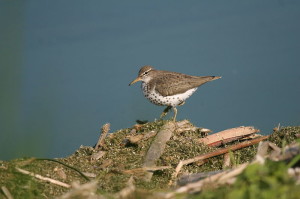




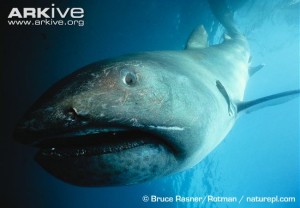

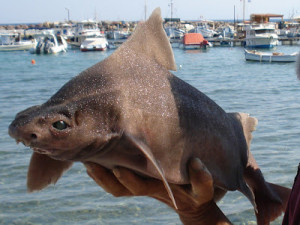
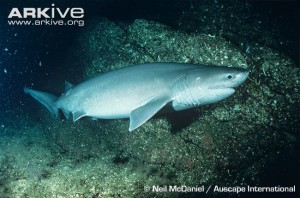
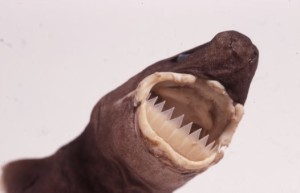

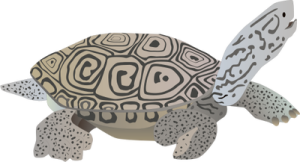

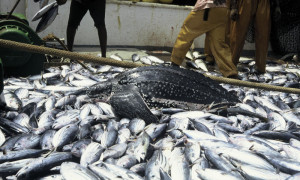
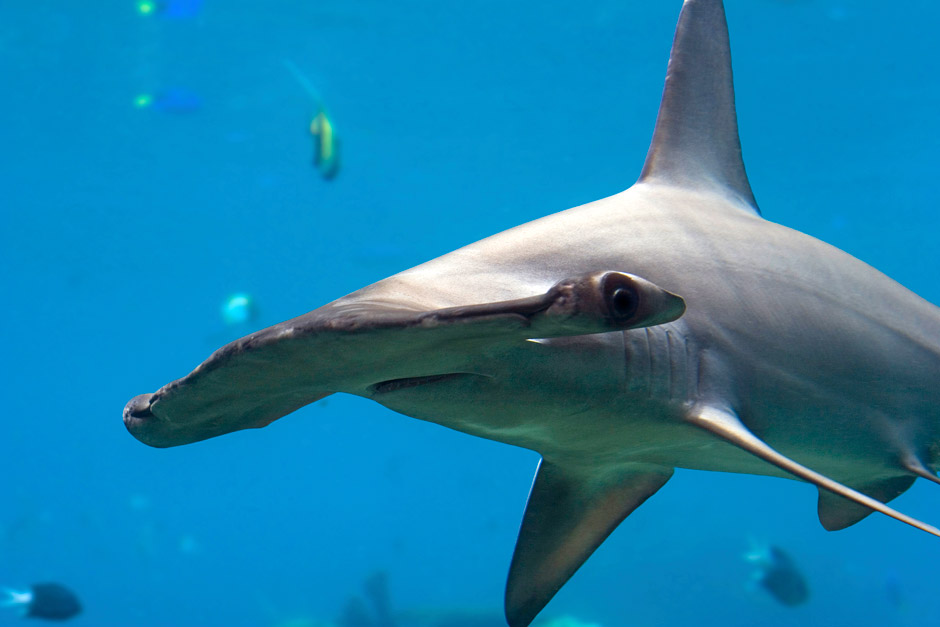

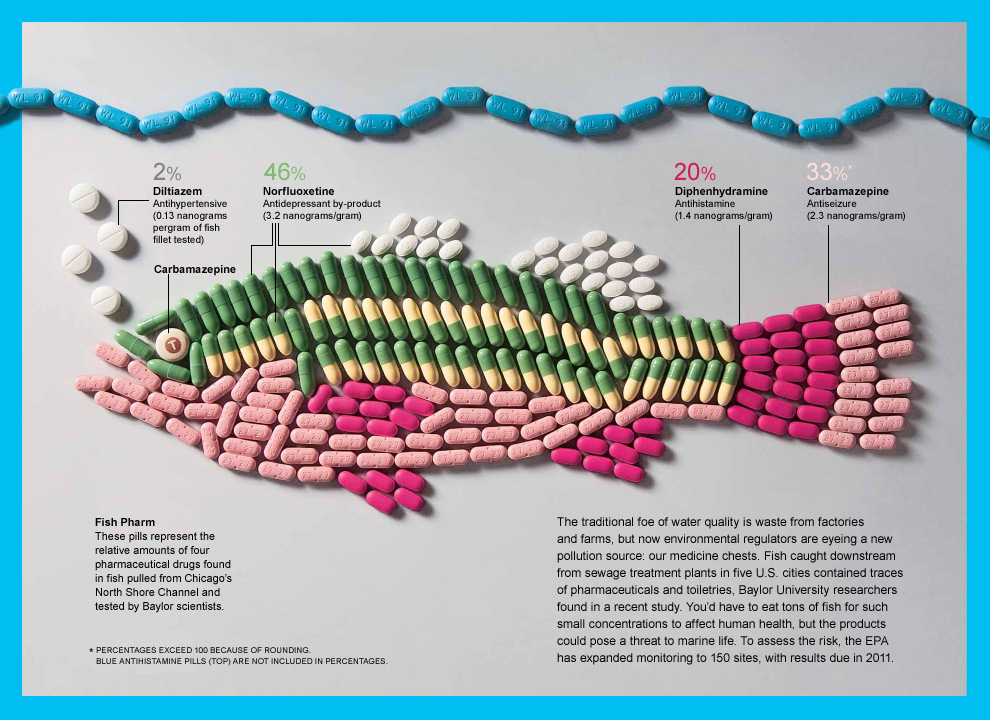







What people are saying …